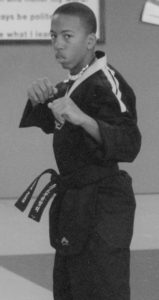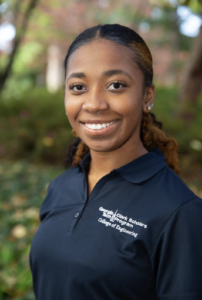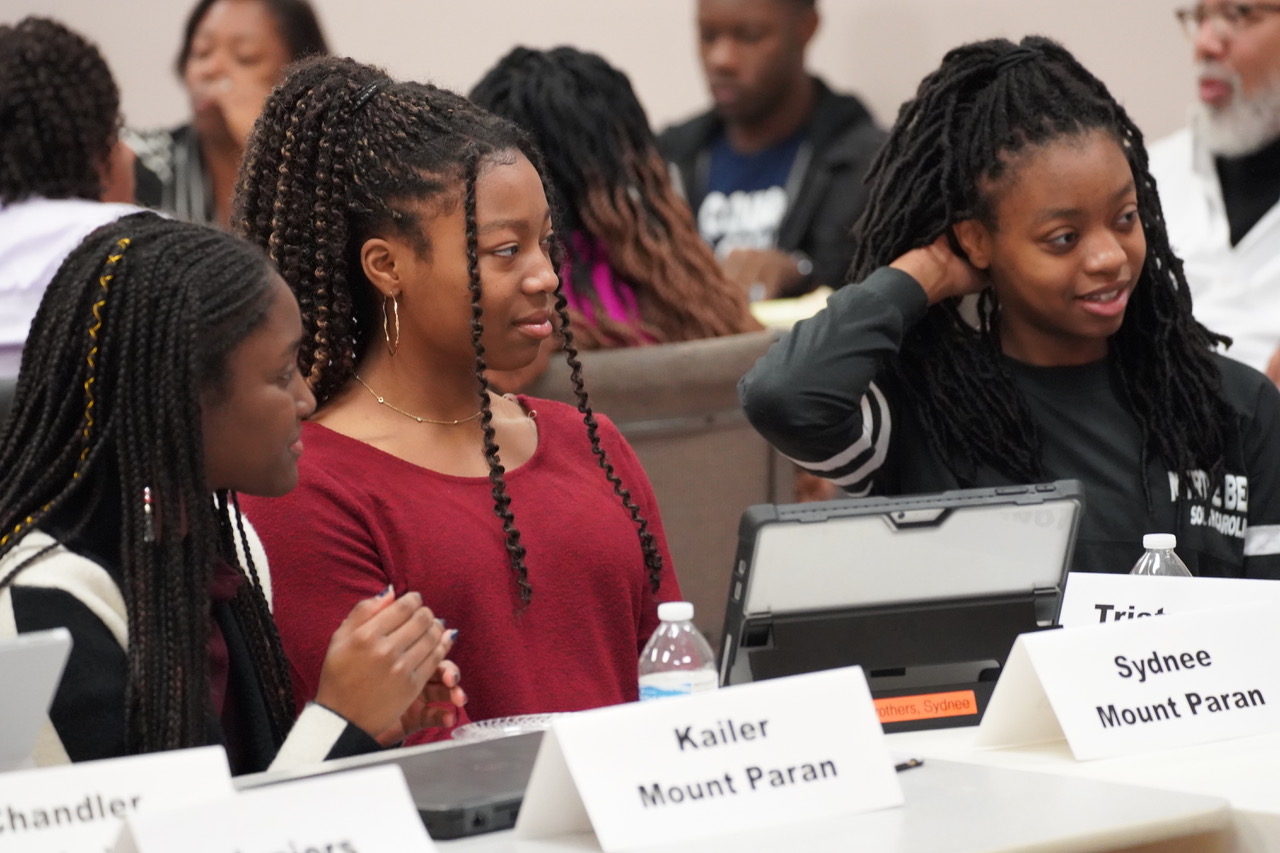Student Athletes
How to Maximize The Athletic AdvantageThe Athletic AdvantageBeyond Athletic ScholarshipsBeyond Cultural LimitationsKnow the Race You Are Running
The “Athletic Advantage”
 While both of our sons benefited from “The Athletic Advantage,” our older son (pictured here) embraced our College Planning System in a way in which few students have. Despite his initial reluctance to take the most rigorous course schedule and compete in 3 varsity sports, he embraced developing all of his gifts and pursuing exceptionality in academics, athletics, and the arts.
While both of our sons benefited from “The Athletic Advantage,” our older son (pictured here) embraced our College Planning System in a way in which few students have. Despite his initial reluctance to take the most rigorous course schedule and compete in 3 varsity sports, he embraced developing all of his gifts and pursuing exceptionality in academics, athletics, and the arts.
He took the most rigorous course schedule offered at his Math, Science, Visual and Performing Arts Magnet High School. While not receiving his first ‘A’ until the second semester of the tenth grade (AP Computer Science), he challenged himself academically in the manner in which he challenged himself as a 200- and 400-meter sprinter; football cornerback; lacrosse defenseman ; and as a martial arts black belt.
When our son graduated from high school in 2006 and was offered admission to the one college to which he applied—Amherst College, the term “the athletic advantage” was not as prominently known as it is today. Yet, the college-bound strategy through which we guided both of our sons has changed very little. Consequently, athletes participating in our college planning cohort program are guided similarly to all other students in our program. Whether students are using their gifts in music, art, dance, theatre, academics, or athletics to tip the college admissions scales in their favor, they all need a college-bound plan that presents a comprehensive set of strategies to expand their college and scholarship pathways.
 Tyra (pictured here), a participant in our Atlanta-area cohort, was a 2-sport varsity athlete on the Collins Hill (GA) basketball and track and field teams. While varsity sports tipped the admissions scales in her favor, it was her grades and course taking that resulted in a full scholarship to Georgia Tech as a Clark Scholar where she is majoring in biomedical engineering.
Tyra (pictured here), a participant in our Atlanta-area cohort, was a 2-sport varsity athlete on the Collins Hill (GA) basketball and track and field teams. While varsity sports tipped the admissions scales in her favor, it was her grades and course taking that resulted in a full scholarship to Georgia Tech as a Clark Scholar where she is majoring in biomedical engineering.
What is unique to athletes is that many colleges value athletic talent above all others. While such schools do not set aside seats in each year’s freshman class for artists, musicians, dancers, or actors, they do for athletes—and as many as 10 percent. Harvard students, Delano Franklin and Devin Srivastava, in their 2019 article for the Harvard Crimson, “The Athlete Advantage,” provide insight into how athletes are advantaged in the admissions process at elite colleges and universities:
- Recruited athletes receive “likely letters” long prior to other applicants being notified of their admissions decision.
- Highly academically qualified athletes are offered admission at a rate of 83 percent, while equally qualified academic non-athletes are offered admission at a rate of less than 16 percent.
- Contact between athletes and coaches begins as early as when a student enters high school.
- A coach’s athletic recommendation influences admissions decisions in favor of athletes.
- The annual budget for athletic recruitment exceeds $1 million with coaches traveling throughout the world looking for athletes for Harvard’s 42 D-I teams; over 58 club sports; and over 32 Intramural sports.
- Runners, jumpers, and throwers do not even need to make a recruiting visit, but simply send coaches their race times or distances.
- Coaches have considerable power over the admissions prospects of recruited athletes and advise athletes during the admissions process, with one coach advising an athlete not to talk about track in his essays as the admissions office already knew that he was a recruited athlete.
Now that you know this information, what are you going to do with it? Each action that a student-athlete takes in grades 9 – 12 to increase their advantage in the college applicant pool. The classes taken, grades earned, leadership roles assumed, community service engaged in, and character revealed on the field and in the classroom, can all provide further advantages to student-athletes and expand their scholarship opportunities.
As noted in the forthcoming book, “College Planning Cohorts – Expanding College and Scholarship Pathways:”
Unfortunately, the student-athletes who are most in need of having a plan are the students who view their sport as the plan. To the contrary, the sport is not the plan. The sport provides an advantage, but your academics is the plan. Consider what has been presented previously in regard to being offered admission to Harvard:
Highly academically qualified athletes are offered admission at a rate of 83 percent, while equally qualified academic non-athletes are offered admission at a rate of less than 16 percent.
First generation, low-income, and undocumented students are the students who are most in need of a plan. They are the students most likely to match to the wrong colleges and to take out student loans to pay for college. Students from upper-income families who use their athletic advantage to get into Harvard can afford to pay to attend Harvard, whereas low-income students who use their athletic advantage to get into Harvard will receive a FREE education through Harvard’s generous need-based financial aid policy.
NCAA research pertaining to first generation students, as reflected in the above table, reveals the student loan debt consequences of college choice, even among student-athletes. While 53 percent of first generation student-athletes qualify for the Pell Grant, 62 percent will take out student loans to pay for college. This means that only 38 percent of first generation low-income student-athletes are making the right college choice, even with their athletic advantage. Rather than matching to an athletic coach, who may not even be coaching at a particular college during the entire time that you are a student, you should be focusing your plan on matching to the right college with the financial aid policy—both athletic and non-athletic where you can avoid student loan debt and graduate with a degree enabling you to pursue your long-term career aspirations.
How We Can Help
Student-athletes can register for our program and benefit from our college planning system through their participation in our year-long College Planning Cohort program as was the case of the Brothers’ triplets pictured below. While they each benefitted from the athletic advantage, their accomplishments in academics, course taking, leadership, music, theatre, and community service resulted in each of them being offered admission to a college in which they were offered a full scholarship (Claflin University Honors College; North Carolina A&T State University; and Wesleyan University).

Need for 1-on-1 Guidance
Student-athletes unable to commit to our college planning cohort program have the additional options of either participating in one of our middle school or high school college planning boot camps offered during the summer, or receiving 1-on-1 guidance. Whatever approach is best for you, in the manner in which a coach develops a game plan, you must develop a college-bound plan in which your participation in competitive athletics is a component of a much more comprehensive plan.
A comprehensive college-bound plan for a student-athlete focuses on ensuring that you meet the eligibility requirements to register with the NCAA Clearinghouse, AND, that you meet the admissions standards at those D-I, D-II, and D-III schools offering athletic, merit-, and need-based scholarships. A comprehensive plan will include many more components than merely planning a sport and being proficient at a position. In essence, any student-athlete who wants to pursue a full college scholarship and avoid student loan debt should think bigger and reach higher.
Form a Cohort
Athletes, coaches, or booster clubs can create a cohort of 5 or more students. Students work through our grade-level appropriate online college planning curriculum, focusing on those units matching their college, career, and athletic aspirations. Through our curriculum and monthly discussion groups, students learn how to align their body of work with their college and scholarship aspirations. D-I, D-II, or D-III? In-state public university, out-of-state private college, or full scholarship pathway wherever that leads? Small HBCU or large PWI, every athlete who is as vested in his or her college planning as he or she is in practicing and preparing to compete can have great college and scholarship opportunities.
Email us for more information: cpc@collegeplanningcohort.com
Click here to download The NCAA Guide For The College-Bound Student-Athlete